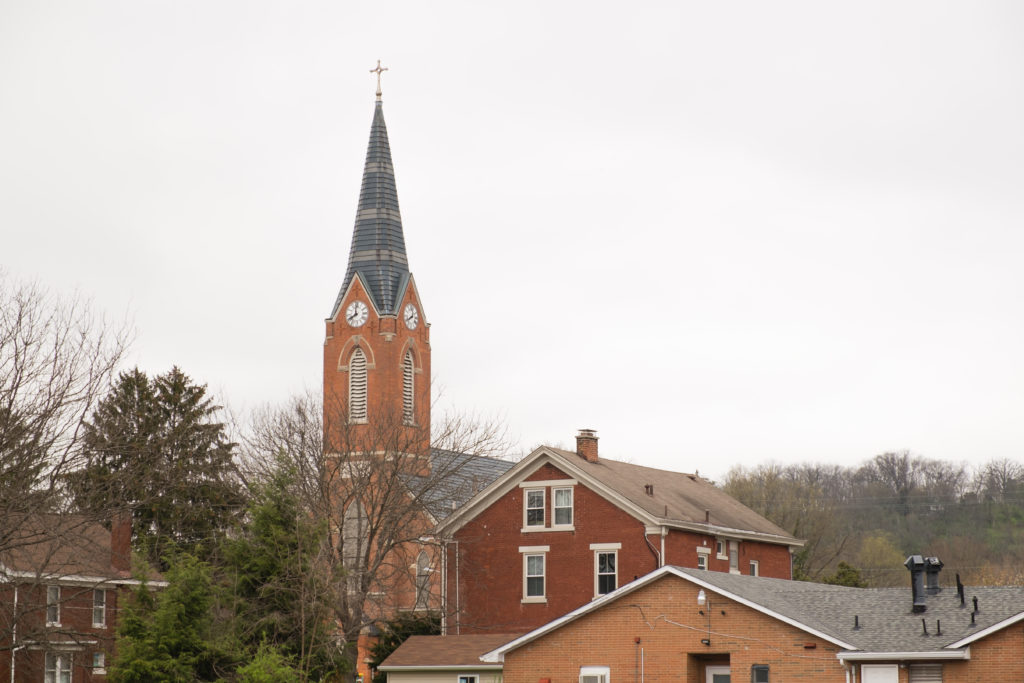

What You Need to Know
These key issues are essential to understanding how we can support thriving people and places.
Faith: Religion & Spirituality
- Faith communities weave and maintain relational webs within every community. Members worship, but they also run businesses, teach in schools, work in the health and health care sector, serve in the civic service, and hold public office.
- Activating faith communities is about linking leaders in faith, public health, and health care. It is as important to train leaders of public organizations how to engage faith as it is to train faith leaders how to engage public health.
- In recent years, we have seen an historic low for active participation in faith communities, including the rise of “nones,” who claim no religious affiliation but have sharp civic values.
- Black churches were the only faith group in the United States that were not suffering declining membership before COVID-19. They are trusted liaisons, advocating for services to protect their communities and leading People of Color to earlier health screenings and interventions.


Historical Context
FAITH, INCLUSIVE OF ORGANIZED RELIGION AND SPIRITUALITY, is rooted in place, usually through congregations. Each faith tradition has entities that are linked in a complex system of formal and informal networks. A century ago, these faith networks created the politics that made public health possible, viewing public health science as a gift to serve the mission of mercy and compassion. The social structures of faith have strengths on which cross-cutting public health programs can be built.
Stakeholder Health is a movement of people in healthcare systems,
along with others, who are learning to cross the sidewalks around their hospitals
in order to share in the life of their communities.

Current Conditions
Faith groups commonly use an integrative framework for health, linking bio-psychosocial- spiritual well-being into existing structures and ministries. This four-fold model weaves congregation practices with physical and mental health service providers, community-based trainers, and peer supporters.
The movement within faith communities toward a fully integrated model of health led to the development of the Leading Causes of Life. Like the concept of well-being, the Leading Causes of Life cuts across disciplines and domains to help us see our assets: connection, coherence, agency, inter-generativity or blessing, and hope.

“Faith networks do not need to be invited into the work of recovery, mercy, justice and well-being. They are already present in the places of greatest pain and creativity.”
TERESA CUTTS & GARY GUNDERSON, Stakeholder Health

Pivotal Moves
A Selection of Ideas for Changing Course
PIVOTAL MOVES are decisive actions that could begin now and change the course of community life relatively quickly.
DEVELOP FAITH-HEALTH LEADERSHIP
In North Carolina, leadership development focuses on linking several place-based roles: FaithHealth Fellows, Supporters of Health, and Connectors.
- FaithHealth Fellows are individuals already working for organizations near the intersection of faith, public health, and health care. They work locally to build the web of trust among the leaders that make all public health efforts thrive.
- Supporters of Health are persons with lived experience. Supporters serve as hybrid community health workers and navigators, providing triage for community-based care.
- Connectors are trusted liaisons, embedded in a denominational network, housing complex, or neighborhood. They build capacity through networking and volunteer training, share resources, and may provide care.
The most important assumption undergirding the spread of FaithHealth leadership development is humility. Remember what not to do:
Don’t micromanage faith-based entities. There is no need for off-puttingmicro-design of congregational best practices for all houses of worship of every faith.
Invite, don’t prescribe. Point faith-based entities toward the science, but trust them to direct their activities. Make it all invitational.
Use what already exists and focus on funneling more funds, jobs, roles, and opportunities to the “boots and brains” on the ground.
Be bold, not bossy. Lead with science: It illuminates opportunities for bold missions that may not have been possible at earlier stages of institutional development. After the 1918 influenza pandemic, many faith groups took the best science of the time and created the hospitals that are now at the core of our trillion-dollar health economy, and human service and educational complex.